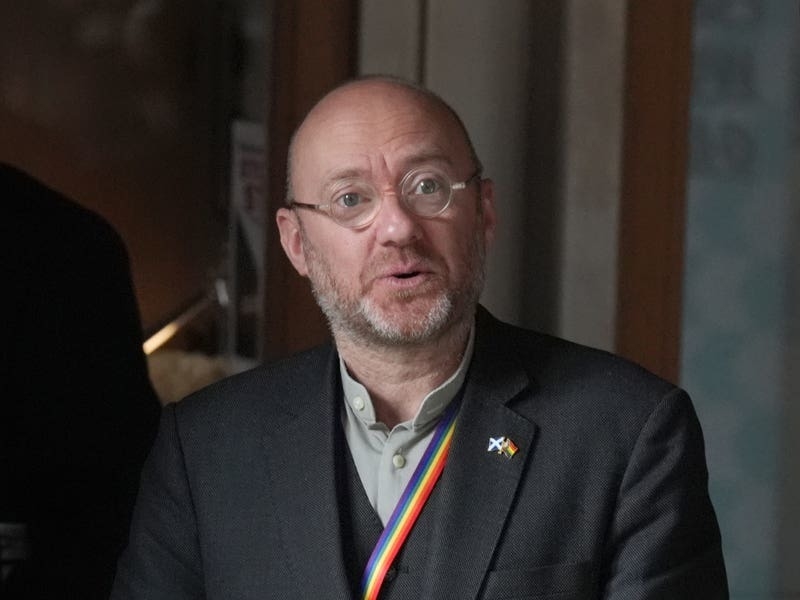Noel McLaughlin, managing director of Butterfield Bank, replies:
THE terms fixed rate and base rate relate to the interest payments a borrower makes on top of the loan amount for their mortgage.
A fixed-rate mortgage provides the same interest rate for an agreed term, which typically varies from between two to five years. However, some products offer longer agreements, like the Butterfield ten-year fixed-rate mortgage. This type of mortgage provides security and makes long-term budgeting easier.
The rate remains the same for the loan’s entire term and the borrower knows
exactly what the mortgage will cost each month.
This is particularly beneficial to a buyer if they can fix their mortgage at a time when the Bank of England base rate is low. The downside is that if interest rates fall further, monthly payments will remain the same. If interest rates rise, however, the monthly payments do not go up. Fixed-rate mortgages often come with early repayment charges, which can add significantly to costs if the borrower requests to break their fixed term.
Alternatively, a base rate tracker mortgage rate will usually move up and down, as it consists of a predetermined interest rate on top of the BOE base rate. The base rate is heavily dependent on the state of the economy, so this type of mortgage can pose a risk of uncertainty for the borrower.
As the BOE base rate fluctuates, so does the monthly interest payments – for good or bad. Base rate tracker mortgages are often popular when interest rates are on the decline.
Fixed-rate mortgages have the advantage that borrowers do not need to consider whether interest rates, base or otherwise, are expected to change in the near future. If the borrower is informed on this subject and confident that the base rate will stay low for the duration of their mortgage, a base rate tracker mortgage could save them a substantial amount of money in the long term.






